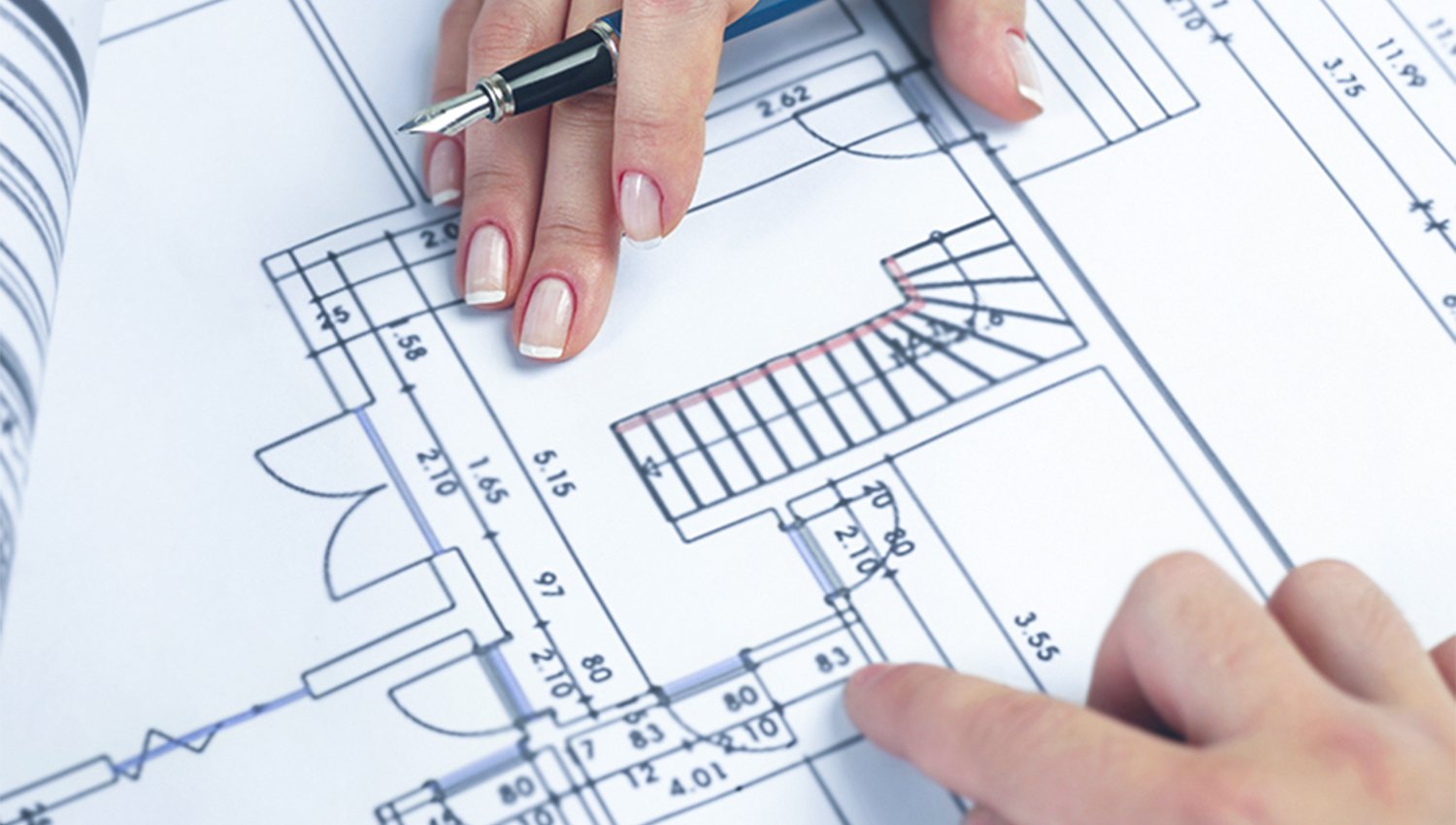
Building your dream home is one of life’s most rewarding experiences. It’s a place where memories will be made, milestones celebrated, and everyday life enjoyed. But without the right planning, your dream can quickly become stressful and overwhelming. From setting a budget to choosing materials and managing contractors, every detail counts. This step-by-step guide will help you plan your dream home construction smoothly and confidently.
Define Your Vision and Needs
Start with a clear idea of what your dream home looks and feels like. How many bedrooms and bathrooms do you need? Do you want an open kitchen, home office, pooja room, or a backyard garden? Define your lifestyle needs today and anticipate what your family might need in the future.
It’s also important to decide your preferred style—modern, traditional, minimalist, or something eclectic. Gather reference images from websites or magazines to guide your architect and designer.
Set a Realistic Budget
Money matters. Before anything begins, prepare a detailed budget. Include the cost of:
- Land purchase
- Architecture and design fees
- Construction materials and labor
- Legal permits and approvals
- Interior furnishings
- Landscaping
- Contingency buffer (10–15%)
A well-planned budget keeps your project grounded and prevents unnecessary delays and overspending.
Choose the Right Plot
Tamil Nadu experiences hot summers and humid conditions. Interlocking bricks naturally provide better thermal insulation compared to conventional bricks, keeping interiors cooler and reducing the need for air conditioning. This makes homes more energy-efficient and comfortable.
Build Your Dream Team
Surround yourself with professionals who share your vision:
- Architect: Brings your ideas to life with smart, functional design.
- Structural Engineer: Ensures the building is strong and safe.
- Contractor or Builder: Manages the construction work.
- Interior Designer (optional): Enhances aesthetics and usability.
Choose people with solid portfolios, good communication, and clear contracts. Their experience can help you avoid costly mistakes.
Finalize Your Floor Plan
Your home layout should reflect how you live. Do you prefer open spaces or separate rooms? Should bedrooms face east for morning light? Will the kitchen face the dining area?
Key things to consider:
- Ventilation and natural lighting
- Privacy between public and private spaces
- Storage areas and movement flow
- Staircases and accessibility
It’s wise to involve your family and architect in this discussion.
Get Necessary Approvals
Before construction begins, secure all required permissions:
- Building plan approval from your local authority
- Environmental clearance (if applicable)
- Water, sewage, and electricity connections
- Property tax and land use compliance
Delays in permits can halt construction, so it’s better to tackle paperwork early. Your builder or architect can guide this process.
Focus on Interiors and Landscaping
As your home nears completion, shift focus to interiors. Work with a designer to plan furniture, color themes, storage units, lighting, and more. Well-designed interiors not only look beautiful but also make your daily life easier.
Also plan outdoor elements—garden, boundary wall, parking, and porch. Landscaping adds value and visual appeal to your property.
Plan Materials and Design Finishes
Material selection affects both durability and aesthetics. Focus on quality materials for:
- Foundation and structure (cement, steel, bricks)
- Plumbing and electrical fixtures
- Flooring (tiles, wood, marble)
- Paints, windows, and doors
- Also plan interior elements like modular kitchens, wardrobes, lighting, and furnishings. Ordering materials in advance prevents delays.